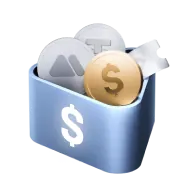Who Owns XRP? Complete Ownership Guide
Learn XRP fundamentals before exploring ownership details in our guide.
- Ripple Labs controls approximately 42% of total XRP supply through operational holdings and escrow accounts.
- Chris Larsen is the largest individual XRP owner with over 2.5 billion XRP worth between $7-8 billion.
- Major exchanges hold billions of XRP in customer custody, with platforms managing approximately 5% of circulating supply.
- The top 100 wallets control 68% of XRP, making it one of the most concentrated cryptocurrencies.
- Ripple releases 1 billion XRP monthly from escrow but typically re-locks 60% or more to manage supply.
- The August 2025 SEC lawsuit resolution provides regulatory clarity, boosting institutional confidence in XRP.
What is XRP and Who Owns It
Who Owns Ripple XRP: Ripple Labs Control
How Much XRP Does Ripple Control?
Ripple's XRP Escrow System
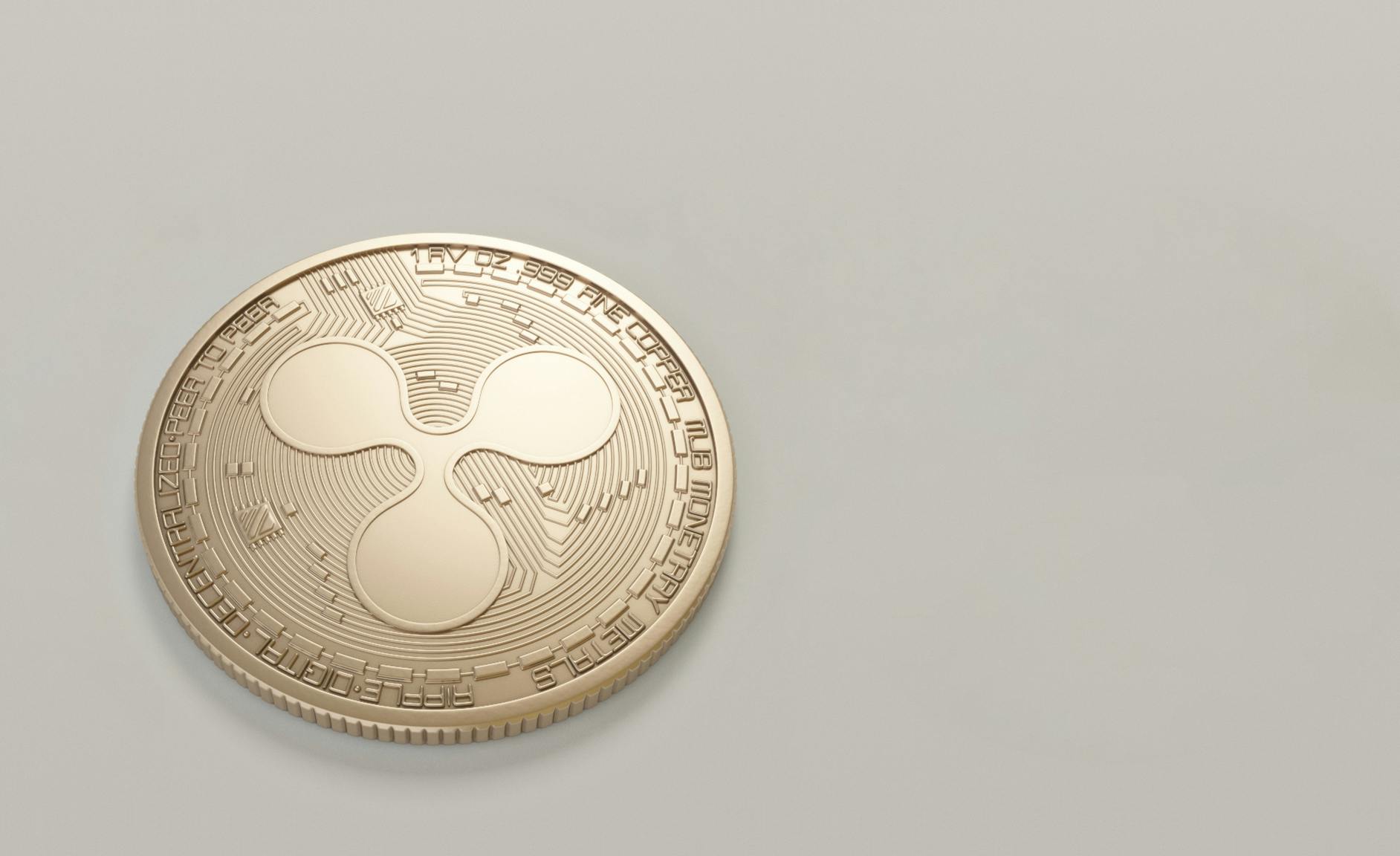
Who Owns the Most XRP: Individual Holders
1. Chris Larsen: The Richest Individual Owner
2. XRP Whale Ownership Activity
Learn about XRP's creation and initial distribution history.
Cryptocurrency Exchanges as Major Holders
The XRP Rich List Revealed
1. Top Holders Breakdown
Learn about total XRP supply and circulation details here.
2. Concentration Statistics
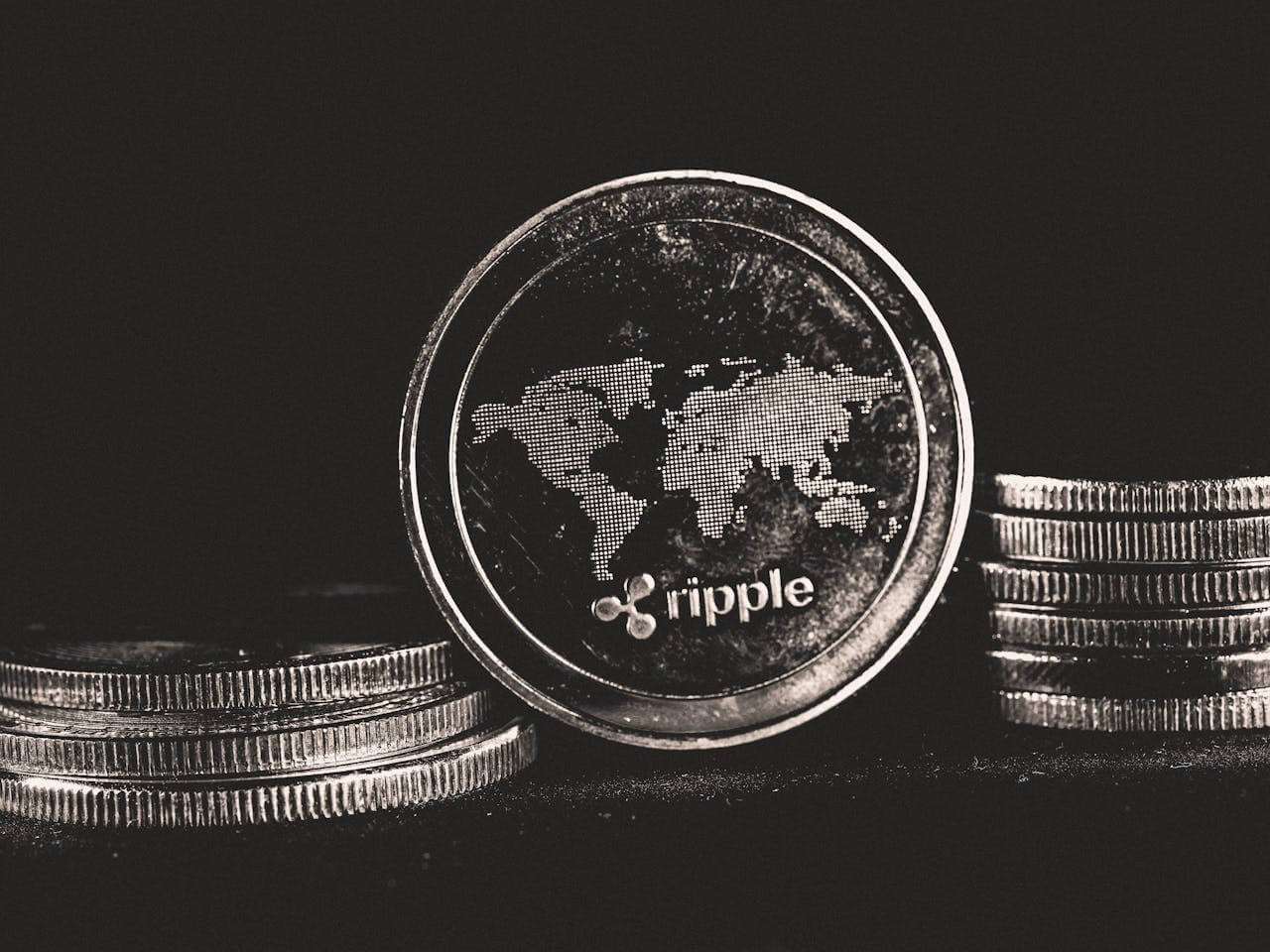
What XRP Ownership Concentration Means
Recent Ownership Trends
How to Check Who Owns XRP
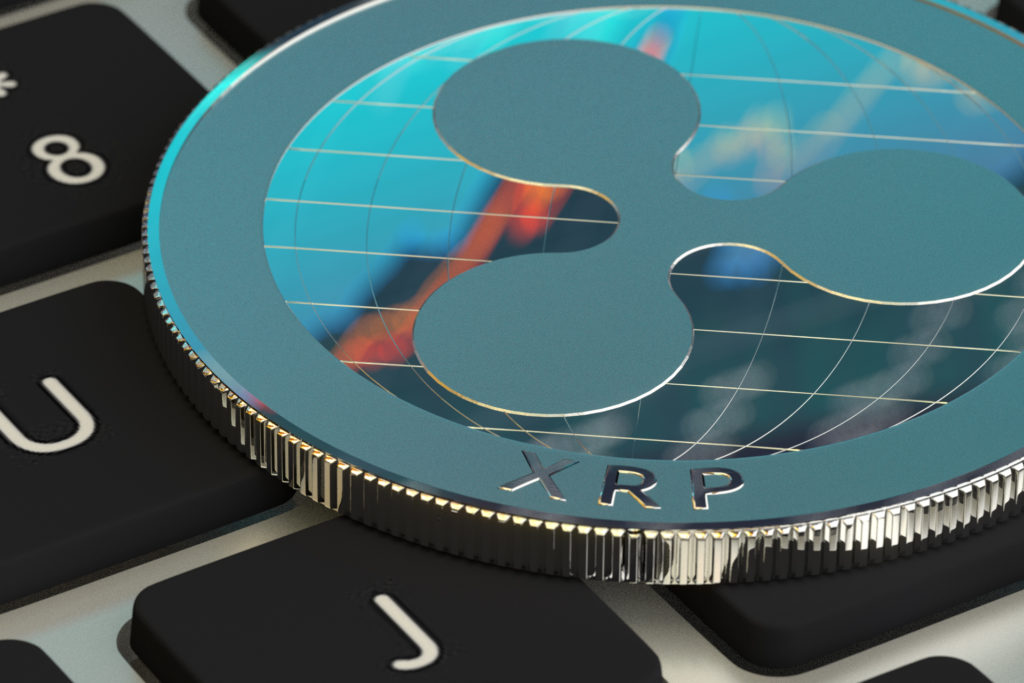
Frequently Asked Questions
Ready to explore XRP's ecosystem and technology? Visit our complete guide.
Conclusion
Popular Articles

What Is Staking Crypto and How Does It Work? Complete Beginner's Guide
Have you ever wondered if your cryptocurrency could work for you while you sleep?Staking crypto offers exactly that opportunity—a way to earn passive income simply by holding certain digital assets.Th

Is Dogecoin Dead? A Data-Driven Look at DOGE’s Survival Through Market Cycles
Key TakeawaysDogecoin (DOGE) is not dead; it remains a liquid, actively traded asset with a market capitalization of over $20 billion as of late 2025.Although it trades below its all-time high of $0.7

Is It Worth Staking Crypto? Real Benefits vs Actual Risks
Crypto staking promises passive income while you sleep, but is it really that simple?Many investors wonder if locking up their digital assets for rewards makes financial sense, especially when markets

How to Stake XRP? Platforms, Rewards, and Risks Explained
Many XRP holders wonder if they can earn passive income through staking their tokens. While XRP doesn't support traditional Proof-of-Stake mechanisms, multiple platforms offer genuine ways to generate
Hot Crypto Updates
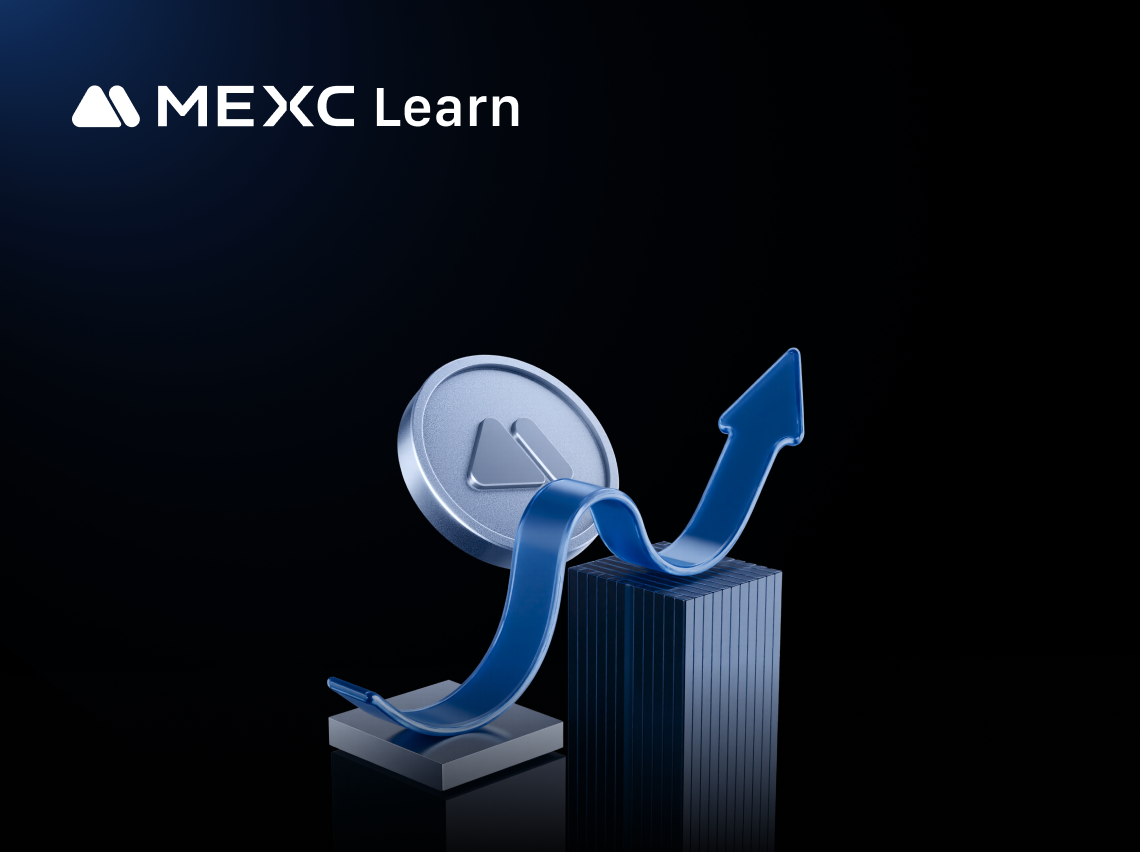
Argentina's President Mired in Crypto Scandal: The Calculated Launch and Political Manipulation Behind Libra's Collapse
Key Takeaways Argentine President Milei promoted the Libra cryptocurrency on February 14, 2025, which crashed 85% within hours, causing investor losses exceeding $251 millionCongressional investigatio
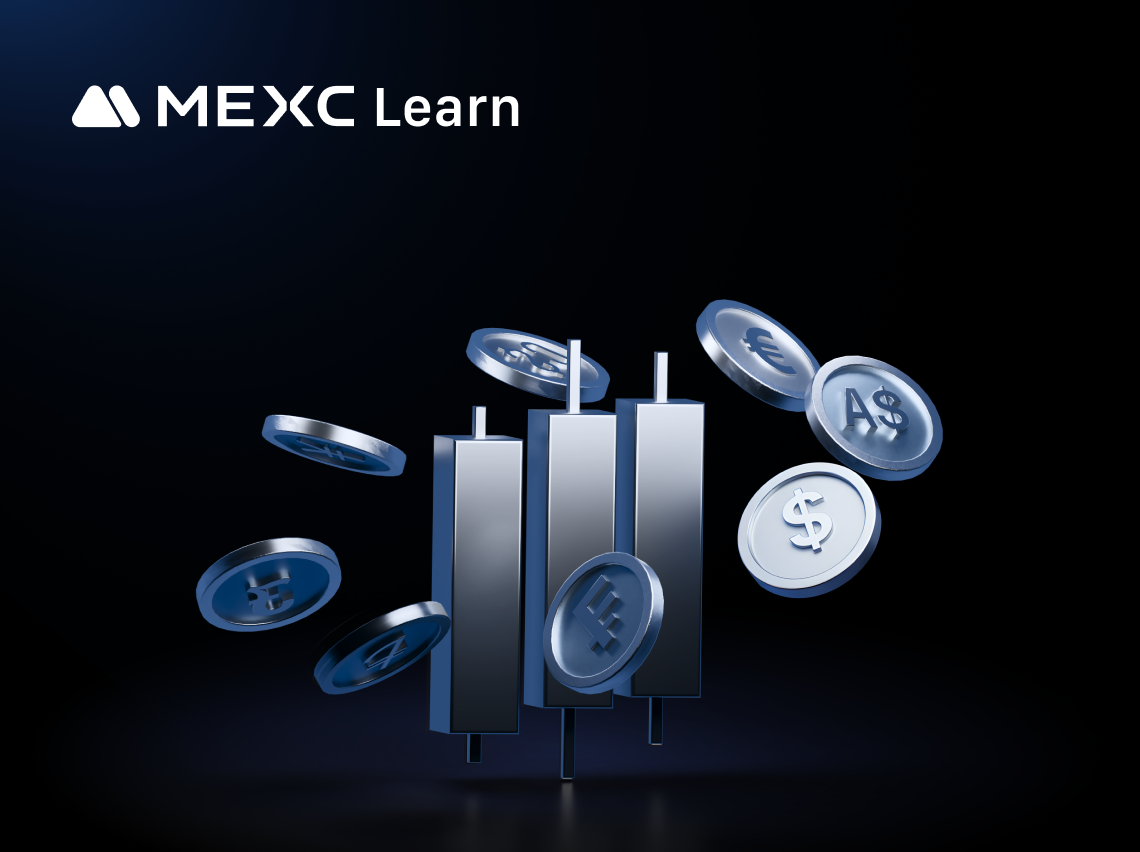
JPMorgan Launches Tokenized Money Market Fund on Ethereum: A Milestone in Traditional Finance's Blockchain Adoption
Key Takeaways JPMorgan Asset Management debuts its first tokenized money market fund on Ethereum mainnetQualified investors gain on-chain access to U.S. dollar yields backed by Treasury securitiesThe
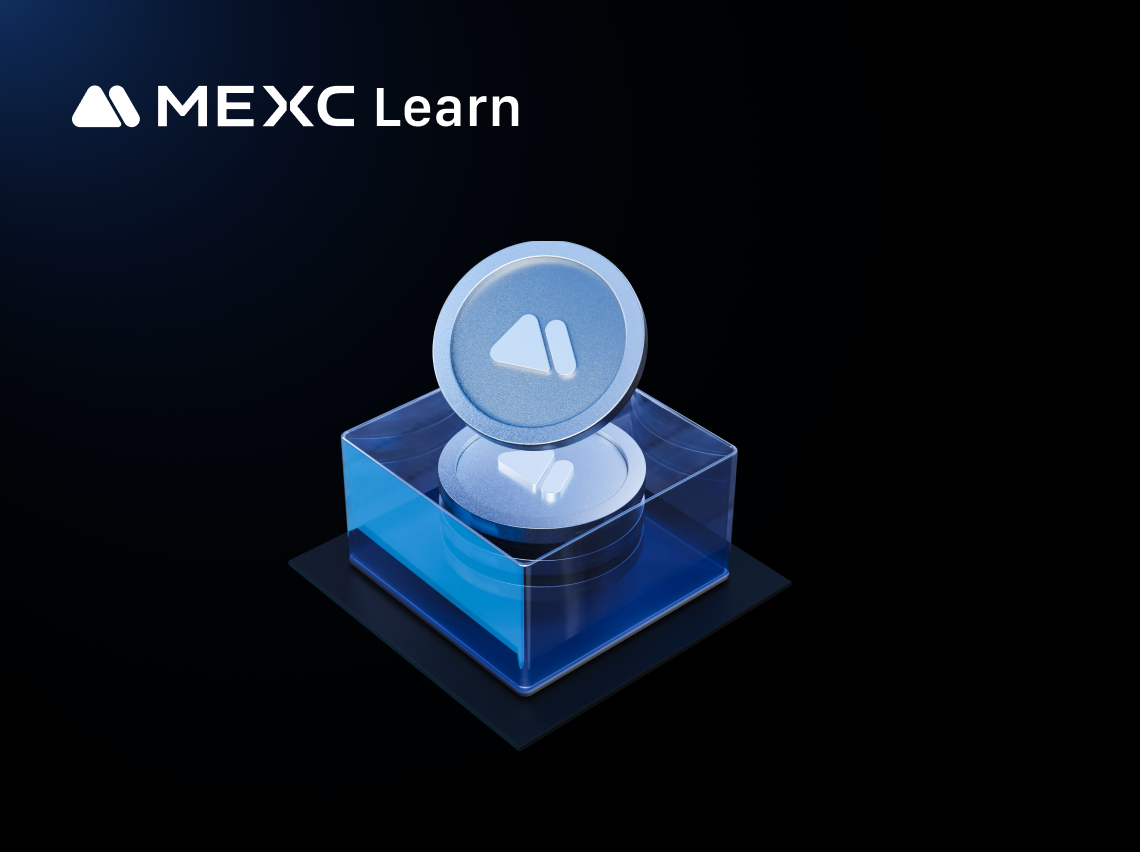
XRP Price Breaks Critical Support: Technical Analysis Reveals Deep Pullback Risks and Trading Strategies
Key Takeaways XRP price breaks below critical $2.40 support level, technical indicators signal intensifying bearish momentumRelative Strength Index (RSI) and moving averages form death cross, indicati
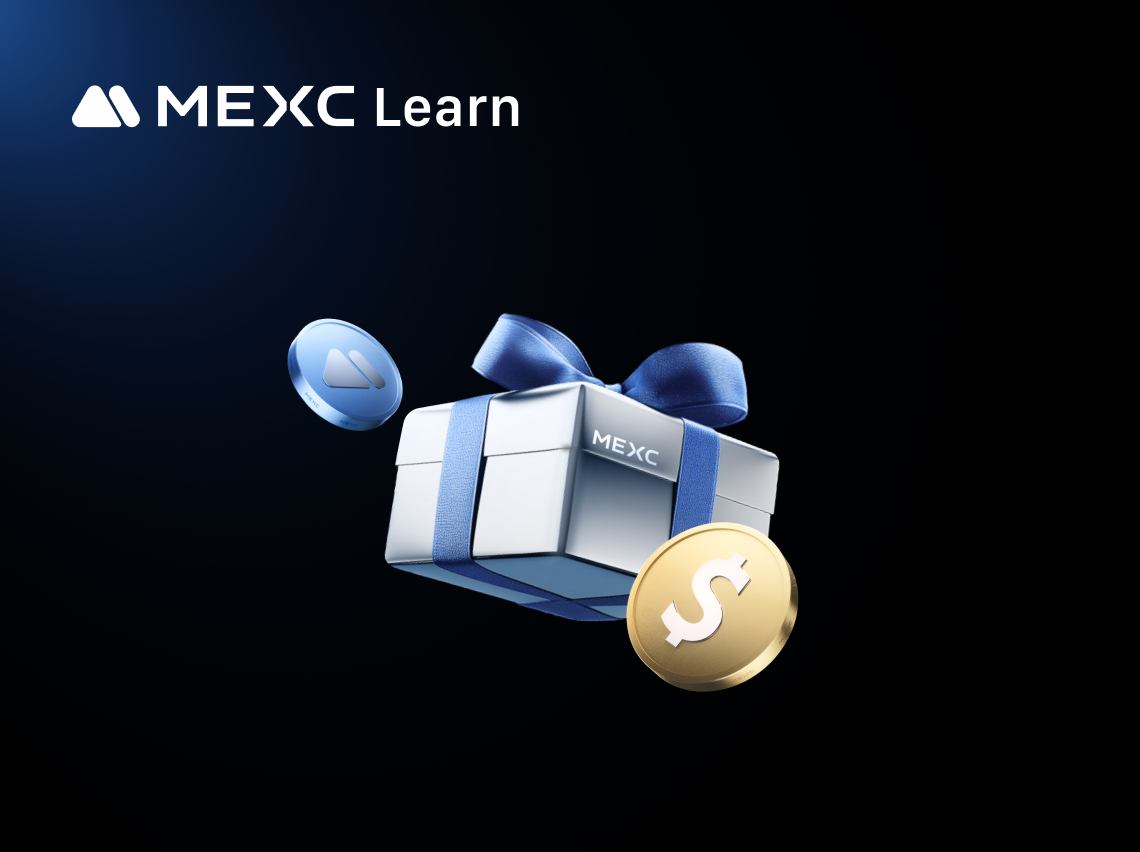
StraitsX Launches on Solana: Singapore and U.S. Dollar Stablecoins Enable Instant Currency Exchange in Digital Forex Revolution
Key Takeaways StraitsX to launch Singapore Dollar (XSGD) and U.S. Dollar (XUSD) stablecoins on Solana blockchainUsers can execute instant SGD/USD swaps on Solana network with significantly improved tr
Trending News

USD/CAD rises above 1.3750 after rebounding from three-month lows
The post USD/CAD rises above 1.3750 after rebounding from three-month lows appeared on BitcoinEthereumNews.com. USD/CAD rebounds from a three-month low of 1.3730

Bitwise Forecasts Bullish 2026 for Crypto: Bitcoin to Hit New All-Time Highs, ETF Demand to Surge, Institutional Adoption to Deepen
Cryptocurrency asset manager Bitwise has released an optimistic forecast for 2026, painting a picture of comprehensive strength across digital assets. The firm predicts Bitcoin will reach new all-time

US Government Taps Coinbase, Robinhood for Tech Talent in New Initiative
The US government's Tech Force initiative recruits 1,000 tech workers from private firms like Coinbase and Robinhood to address skill gaps in AI, cybersecurity,

Visa Launches USDC Stablecoin Settlements for U.S. Banks
Visa partners with Circle to enable USDC settlements for U.S. banks, expanding its stablecoin initiative.
Related Articles

What Is Staking Crypto and How Does It Work? Complete Beginner's Guide
Have you ever wondered if your cryptocurrency could work for you while you sleep?Staking crypto offers exactly that opportunity—a way to earn passive income simply by holding certain digital assets.Th

Is Dogecoin Dead? A Data-Driven Look at DOGE’s Survival Through Market Cycles
Key TakeawaysDogecoin (DOGE) is not dead; it remains a liquid, actively traded asset with a market capitalization of over $20 billion as of late 2025.Although it trades below its all-time high of $0.7

Is It Worth Staking Crypto? Real Benefits vs Actual Risks
Crypto staking promises passive income while you sleep, but is it really that simple?Many investors wonder if locking up their digital assets for rewards makes financial sense, especially when markets

How to Stake XRP? Platforms, Rewards, and Risks Explained
Many XRP holders wonder if they can earn passive income through staking their tokens. While XRP doesn't support traditional Proof-of-Stake mechanisms, multiple platforms offer genuine ways to generate
